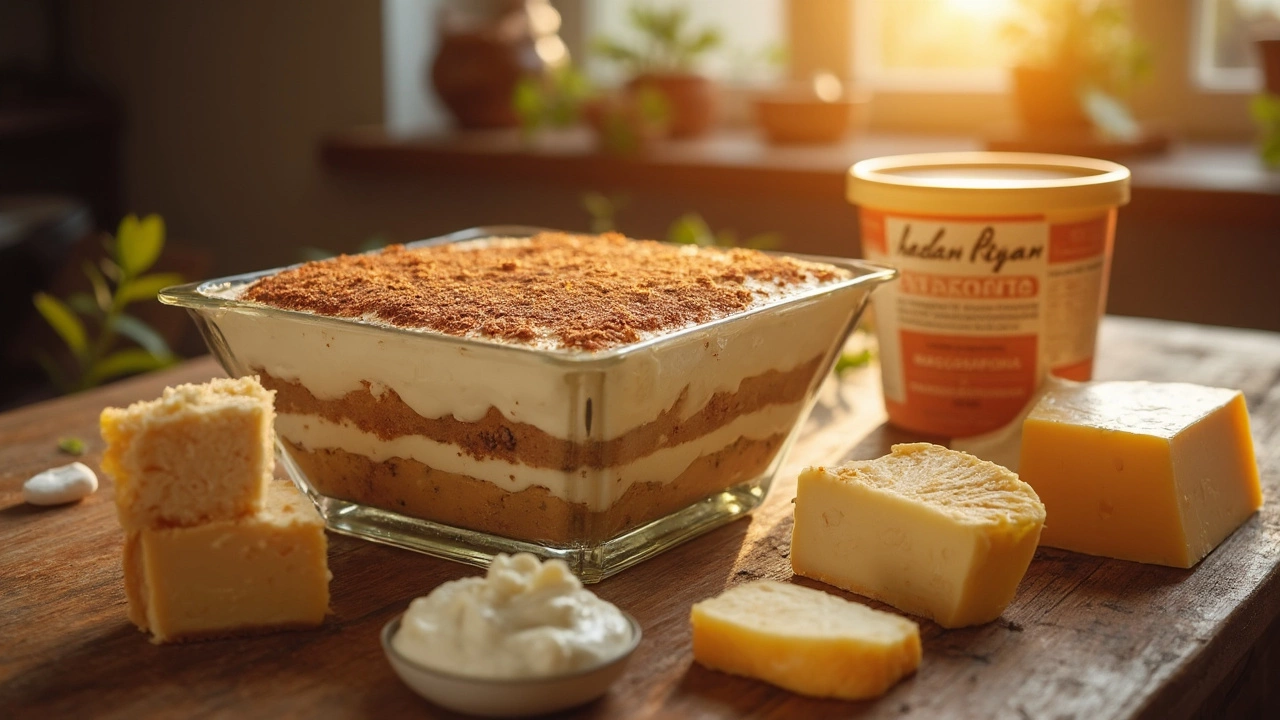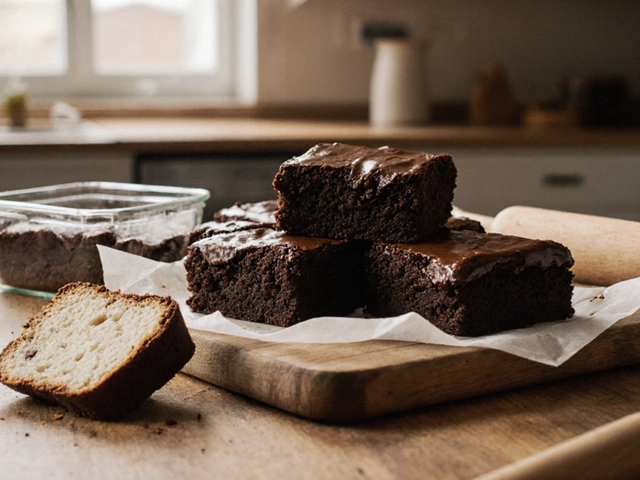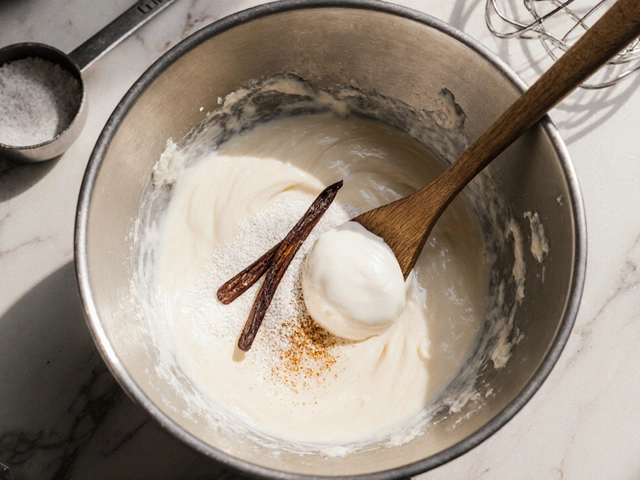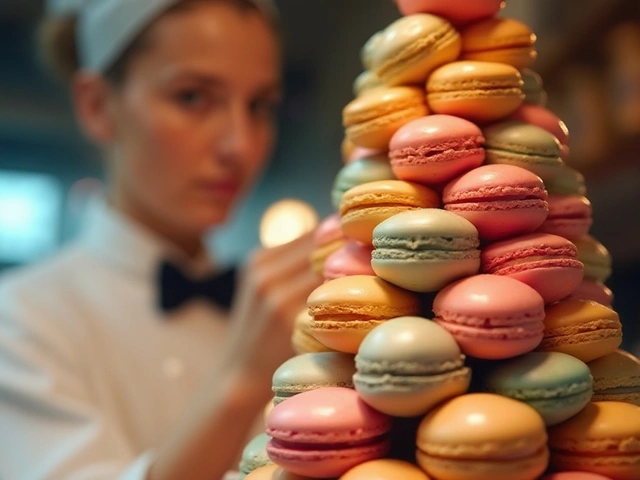Cheese Desserts Made Easy – Sweet Ideas for Every Occasion
Cheese isn’t just for pizza or crackers; it’s a secret weapon in the dessert world. Whether you love the tang of cream cheese, the richness of mascarpone, or the light fluff of ricotta, adding cheese can turn a simple treat into a bakery‑level delight. In this guide we’ll show you why cheese works so well in sweets and give you bite‑size tips you can start using right now.
Why Cheese Works Great in Desserts
First off, cheese brings a natural creaminess that sugar alone can’t deliver. A spoonful of cream cheese adds body to a frosting, while mascarpone gives tiramisu its silk‑smooth texture. The mild acidity balances sweet flavors, preventing desserts from feeling one‑dimensional. Cheese also helps trap air when you whisk it with eggs or whipped cream, which creates a light, airy crumb in cheesecakes and mousse.
Another bonus: cheese is pretty forgiving. If a batter seems too thick, a splash of milk or a dollop of ricotta can loosen it up without throwing off the flavor. And because cheese freezes well, you can prep a batch of cheesecake filling and stash it for later.
Quick Cheese Dessert Tips
1. Choose the right cheese for the job. Cream cheese is your go‑to for classic cheesecakes and frosting. Mascarpone shines in layered desserts like tiramisu or as a rich topping for fresh fruit. Ricotta works great in baked goods like cheesecake bars or fluffy ricotta pancakes. If you want a sharp edge, try a dollop of feta in a honey‑drizzled tart.
2. Soften before mixing. Cold cheese can clump, leading to lumps in your batter. Let it sit at room temperature for 15‑20 minutes or microwave it on low for a few seconds. This makes it blend smoothly with sugar and eggs.
3. Balance sweetness. Cheese already has a subtle tang, so you often need less sugar than you think. Start with a reduced amount, taste the mixture, and add more if needed. This keeps the dessert from becoming overly sweet.
4. Prevent cracks in cheesecakes. Over‑baking is the main culprit. Bake at a low temperature (around 300°F/150°C) and use a water bath to keep the heat gentle. Let the cheesecake cool gradually in the oven with the door ajar, then chill it overnight.
5. Experiment with flavors. Add a splash of vanilla, a pinch of cinnamon, or a swirl of fruit puree to your cheese base. For a fancy twist, fold in toasted nuts, caramel sauce, or a dash of espresso.
These quick tips let you jump straight into making cheese‑based sweets without a steep learning curve. On our site you’ll also find posts that touch on cheese, like the guide on egg‑less cheesecake and tricks for smooth fudge that pairs perfectly with a cheese‑filled caramel swirl. Browse the cheese tag for more ideas, from simple no‑bake desserts to baked classics.
Ready to give cheese a chance in your next sweet? Grab a block of cream cheese, a whisk, and start mixing. Within minutes you’ll have a creamy base ready for a slice of cake, a dollop for a fruit bowl, or a whole baked cheesecake that will impress anyone who tries it. Happy baking!

Which Cheese Should Never Be Frozen for Tiramisu?
Not every cheese is fit for the freezer, especially when it comes to making tiramisu. This article breaks down which cheese you should avoid freezing and how freezing can impact your dessert. Get real tips to keep your tiramisu creamy and delicious every time. Plus, learn which cheeses freeze well and which turn into a mess. No more ruined desserts—only the best tiramisu results.
View More
How to Say Mozzarella in Brazil?
Ever wondered how Brazilians say 'mozzarella'? In this article, we explore why 'muçarela' is the preferred spelling in Brazil and dive into how Italian cuisine merged with Brazilian culinary traditions. Discover how this twist affects dishes like tiramisu and become familiar with regional variations. Uncover tips on using mozzarella in classic Brazilian recipes!
View More




